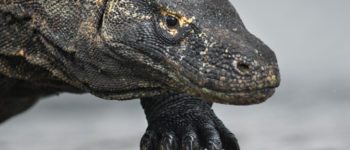1898: The Kumi, A Taniwha on the Loose!
November 10, 2018
By AHNZ
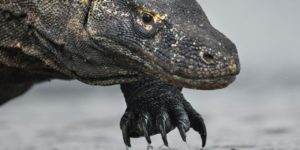
Taniwha
September, 1898: Newspapers around New Zealand became excited by the claim that a “strange lizard” had startled a bushfeller out the back of Gisbourne. The fact this tale of a woodsman comes from an unnamed source sets off red flags for sceptics! As the story echoed around the wire it became embellished to “huge” and “reptile…”
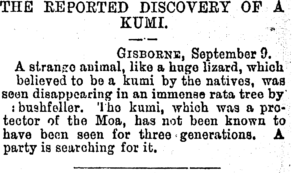
The location was Arowhana Station, lately purchased by prospective politician Douglas Lysnar; Future Gisborne Mayor and future MHR.* Speculation immediately turned to the notion that what this man saw was the Kumi, the taniwha Maori had long spoken of but not seen for generations.
In all probability such tales of water-dwelling monsters and other huge reptiles known as kumi were nothing more than distorted folk memories of the crocodile of the western Pacific or Asia.- An Encyclopaedia of New Zealand, McLintock (1966)
Possible Explainations
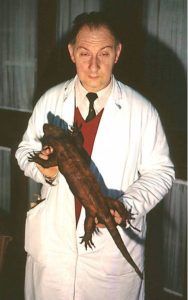 1. Delcourt’s giant gecko, the kawekaweau
1. Delcourt’s giant gecko, the kawekaweau
Only a few leagues away from Arowhana, the site of the 1898 claim,
came a similar one from within the Urewera ranges. In 1870 an un-named chief (uh-oh…red flag) reported finding and killing a kawekaweau. This was his name for “a giant and mysterious forest lizard of Maori oral tradition.” It too retreated into the cover of a rata tree. This gecko, the largest known, certainly existed and the French have a mounted specimen understood to be the very same.
Dr Delcourt, pictured, dusted off the forgotten specimen in 1986 where it had been forgotten in a museum’s basement since goodness knows when or how it got there.
2. Distorted Folk Memories
Maoris certainly did have received stories of huge reptiles yet there is no palaeontological evidence for any such creature living on these isles. The giant gecko above is under dispute and is only a one-off, not proof of an indigenous species.
South Island Maoris made it clear to Cook, in 1773, that they knew intimately of giant snakes and reptiles of huge size. Yet there are no such things in New Zealand nor in Polynesia. To square this we could accept the Maoris were telling the truth about what their ancestors had passed on but that it dated from their old homeland.
This would require that some Maoris, or those who came before, hailed from Malanesia rather than Polynesia: Fiji, the Solomons, Papua New Guinea, New Caledonia etc. Given this, it’s no problem to have received memories concerning all sorts of huge nasty reptiles¹. Crocodiles, snakes, and even the Komodo dragon.
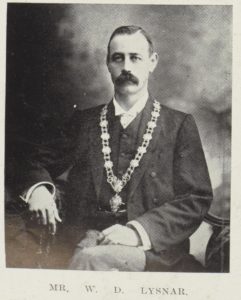
3. Douglas Lysnar
Lysnar’s future mayrolty (1908-1911) and parliamentary (1919-1931) career was built in these years. He’d gone from being a lawyer involved in petty political wheeling and dealing to doing so on the district and then national level. Lysnar’s productive ability was always pretty poor, he had to fall back on political power time and again. And, his wife’s dowry. His farming and his business enterprises failed but for this he refused to take responsibility, instead blaming outside forces. For decades he railed against his perception that cartels and trusts conspired to manipulate the marketplace. That’s why, he said, his freezing works and frozen meat transport enterprise crashed and burned. He may have been quite right.
My point is that I’d never put it past a laywer/mayor/politician with something to gain from it making up or going along with hoax stories that are of benefit to himself. Apart from everyone talking about Lysnar’s Taniwha he might even make a few bucks out of adventure tourism. Where others have the Loch Ness Monster or Ogopogo periodically popping up, New Zealand publicans or authors often drum up interest by claiming to have seen the extinct moa or a moose. [update today: Or a bird]
Mr Lysnar intended if possible to catch the animal alive….Mr Lysnar anticipates no difficulty in catching it, and he is confident from the reports that have reached him that it is still in the tree.”- Christchurch Press
12 Months later, Lysnar was running for office. The papers become increasingly thick with his political exploits culminating in Gisbourn Council (1901), a seat on the Gisborne Harbour Board (1905,) then Gisborne Mayor (1908,) and finally a parliamentarian (1919.)
Kumi Conclusion
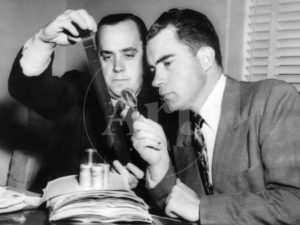 In my opinion the French museum’s gecko is either a one-off or was never collected in New Zealand at all. And, the Maoris stories about massive reptiles belong to their former homeland not to New Zealand. And, the 1898 sighting and chase and posted reward are all a hoax. Just political theatre to help raise political capital with no concern about the collateral damage this would do to genuine naturalists or historians seeking truth. It reminds me of Nixon who rose to prominence in a similar way by helping find Communist microfilm in a pumpkin patch. This sort of sensationalist questing to gain or manufacture a politican’s reputation has a long and glorious history.
In my opinion the French museum’s gecko is either a one-off or was never collected in New Zealand at all. And, the Maoris stories about massive reptiles belong to their former homeland not to New Zealand. And, the 1898 sighting and chase and posted reward are all a hoax. Just political theatre to help raise political capital with no concern about the collateral damage this would do to genuine naturalists or historians seeking truth. It reminds me of Nixon who rose to prominence in a similar way by helping find Communist microfilm in a pumpkin patch. This sort of sensationalist questing to gain or manufacture a politican’s reputation has a long and glorious history.
—
1 A name for a lizard with a long tail the language of the indigenous people to Taiwan is tsikarra. That’s a similar word to tuatara, I noticed; Ref. Jacobus Vertrecht (1650)
*Member of the House of Representatives
Image ref. New Zealand Graphic; George Grey Special Collections
 Like Comment Share
Like Comment Share

